Looking to master home repair project tips that can transform your space while keeping your budget intact? Whether you’re a DIY enthusiast or a homeowner seeking practical solutions, this guide has got you covered. From the 30 Rule to the 1% Rule, we’ll walk you through expert strategies for managing renovation costs, prioritizing essential improvements, and planning repairs with maximum efficiency. Discover how to maximize your home’s value with smart upgrades and learn the secrets to successful DIY projects. With our comprehensive insights, you’ll be equipped to tackle any home repair with confidence and ease, ensuring your projects stay on track and within reach. Let’s dive into the ultimate guide to home repair project tips and unlock the potential of your living space!
Key Takeaways
– Plan Repairs Effectively: Assess issues, prioritize urgent tasks, set a realistic budget, hire vetted contractors, schedule without conflicts, and ensure post-repair quality.
– Adopt the 1% Rule: Allocate 1% of your home’s value annually for maintenance, covering essential tasks like fixing leaks and inspecting systems.
– Understand Costly Repairs: Recognize that structural damage, roof replacements, plumbing, electrical systems, HVAC, and major renovations can be costly. Regular maintenance reduces these risks.
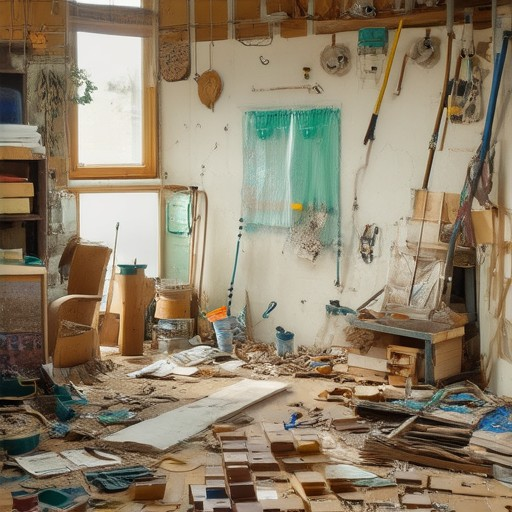
Understanding the 30 Rule in Home Renovation
The 30 rule is a popular guideline used by homeowners and professionals during home renovation projects. It suggests that no more than 30% of your home’s value should be spent on renovations.
Key Considerations
- Home Value: Determine your home’s current market value. This is crucial as the 30% is based on this figure.
- Budget Allocation: Plan your renovation budget to not exceed 30% of your home’s value. For instance, if your home is worth $300,000, aim to spend under $90,000 on renovations.
- Scope of Work: The rule applies to major renovations, including kitchen remodels, bathroom updates, and structural changes.
Why the 30 Rule Matters
- Protects Against Overspending: Helps prevent overspending based on your home’s value.
- Ensures Practical Upgrades: Focuses on improvements that add measurable value to your home.
How to Apply the 30 Rule
- Calculate 30% of your home’s value to determine your renovation budget limit.
- Prioritize essential upgrades that align with your home’s value and lifestyle needs.
Examples of Renovation Projects
- Kitchen Remodel: New cabinetry, countertops, and appliances.
- Bathroom Update: Tile flooring, vanity, and fixtures.
- Structural Changes: Adding a deck, converting a garage, or extending a roof.
Important Considerations
- Consult Professionals: Work with architects or designers to ensure your renovation stays within budget.
- Plan Ahead: Break down your renovation into phases to manage costs effectively.
- Stay Within Limits: Stick to the 30% rule to maximize ROI and avoid overspending.
Final Tips
- Regularly assess your renovation progress against the 30% guideline.
- Use the rule as a framework to make informed decisions about your home improvements.
By following the 30 rule, you can enjoy a well-executed renovation that enhances your living space without exceeding your financial limits.
Is $50,000 Enough to Renovate a House?
The decision to allocate $50,000 for a home renovation depends on several factors, including the size of the house, its current condition, and the scope of the work you plan to undertake. Here’s a breakdown of what you should consider:
- House Size and Condition: A smaller house or one in better condition may fall within this budget, while larger homes or those requiring extensive repairs may exceed it.
- Kitchen Renovation: Expect to spend between $10,000 to $20,000 for a mid-range upgrade, including cabinetry, countertops, and appliances.
- Bathroom Renovation: Costs typically range from $10,000 to $25,000, depending on the extent of the project and materials chosen.
- Other Projects: Adding a deck or patio can cost $15,000 to $40,000, while landscaping may add another $10,000 or more.
- Labor Costs: Labor expenses can significantly impact your budget, especially in high-cost areas. Always factor in local labor rates when planning.
- Unexpected Expenses: Budget for unforeseen issues like structural problems or additional permits, which can increase your total expenditure.
To maximize your $50,000, prioritize projects that align with your lifestyle needs and preferences. Consider consulting with a contractor or design professional to get tailored estimates and explore cost-saving options. Remember, flexibility is key, as renovation budgets often encounter unexpected costs.
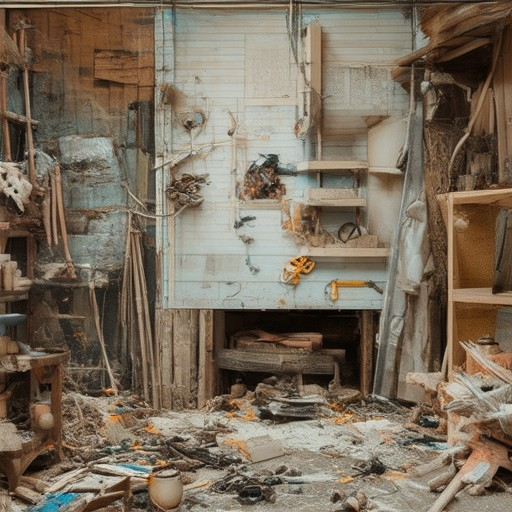
In What Order Do You Do Home Renovations?
Renovating a home can seem overwhelming, but following a logical sequence helps ensure everything goes smoothly. Here’s a step-by-step guide:
- Plan and Prepare
- Assess your goals and budget.
- Create a detailed plan, including timelines and budgets.
- Check local building codes and obtain necessary permits.
- Secure financing if needed.
- Remove unnecessary walls or structures.
- Take down old fixtures, cabinetry, and flooring.
- Update or install new electrical wiring and outlets.
- Reposition or replace plumbing pipes and fixtures.
- Add or reinforce beams, columns, and supports.
- Install new flooring systems.
- Install new doors, windows, and exterior siding.
- Hang drywall and tape, then apply plaster and paint.
- Install flooring materials like wood, tile, or carpet.
- Install lighting fixtures, fans, and ceiling installations.
- Set up major appliances like ovens, refrigerators, and HVAC systems.
- Complete painting, including walls, ceilings, and trim.
- Add decorative elements like moldings and hardware.
- Arrange for final inspections and approvals.
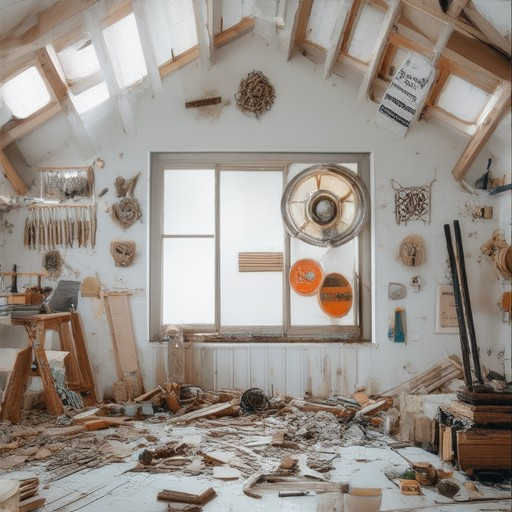
How to Plan a Home Repair
To effectively plan a home repair, follow these organized steps:
- Assess the Problem
- Walk through your home to identify visible issues such as cracks, peeling paint, or leaks.
- Look for less obvious signs, like increased water bills indicating potential plumbing issues.
- Create a Repair List
- Compile a detailed list of all necessary repairs, noting their urgency and impact on daily life.
- Prioritize Repairs
- Urgent repairs, such as broken pipes or electrical issues, should be addressed first.
- Research average repair times and costs to gauge priorities.
- Develop a Budget
- Set aside 1-2% of your home’s value annually for maintenance, adjusting based on repair complexity.
- Consider consulting professionals for cost estimates to avoid underestimating expenses.
- Hire Reliable Contractors
- Check contractor reviews, licenses, and insurance to ensure reliability.
- Seek recommendations from friends or neighbors and obtain multiple quotes to compare prices.
- Schedule Appointments
- Use digital tools to coordinate repair schedules without conflicts.
- Stay informed by asking for detailed timelines and confirming availability.
- Post-Repair Checks
- Inspect completed work to ensure quality and functionality.
- Test repaired areas to confirm everything operates correctly.
- Maintain Records
- Keep detailed records of all repairs, including costs and service provider information.
- These records are valuable for future reference or tax purposes.
- Focus on Safety
- Avoid attempting repairs beyond your skill level to prevent accidents.
- Learn basic DIY skills to handle minor issues, preventing them from escalating.
- Long-Term Maintenance
- Schedule regular inspections and replace worn components to prevent future issues.
- Implement a preventive maintenance routine to catch problems early.
By methodically addressing each step, you can manage home repairs efficiently, ensuring safety, effectiveness, and cost-effectiveness.
The 1% Rule for Home Maintenance
The 1% rule for home maintenance suggests setting aside 1% of your home’s appraised value annually to cover routine upkeep and repairs. Here’s a breakdown of how it works and its significance:
- Calculation Method: Determine your home’s appraised value and compute 1% of that figure. For instance, if your home is valued at $200,000, you would allocate $2,000 annually for maintenance.
- Purpose:** The aim is to fund necessary tasks like fixing leaks, repainting walls, inspecting the roof, and addressing other routine issues that arise throughout the year.
- Flexibility:** While the rule suggests a fixed percentage, it’s intended as a guideline. Adjustments can be made based on personal circumstances, such as unexpected repair needs or cost-saving opportunities.
- Scope:** This rule primarily covers maintenance expenses, not improvements or renovations. It focuses on preserving the home’s condition rather than expanding it.
- Comparison with Alternatives:** Compare this approach with other methods to determine which suits your needs best. Some may prefer different percentages or methods, so flexibility is key.
- Allocation and Prioritization:** Distribute funds across various areas like plumbing, HVAC, and exterior work. Prioritize critical areas first to ensure immediate needs are met.
- Review Frequency:** Periodically reassess your maintenance budget, perhaps annually or after significant life events, to adapt to changing needs and circumstances.
- Benefits:** Adhering to this rule can prevent minor issues from escalating into major problems, saving money in the long run. It also helps maintain your home’s condition, potentially enhancing its resale value.
- Considerations:** Be mindful of potential pitfalls, such as underestimating maintenance needs leading to unexpected expenses or over-saving, which might hinder effective use of funds.
- Tracking and Management:** Utilize tools like spreadsheets or apps to monitor expenses and plan maintenance tasks, ensuring you stay organized and adhere to your budget.
This rule offers a practical framework for home maintenance, balancing preparation with financial prudence. Tailor it to your specific situation and review it regularly to ensure effectiveness.
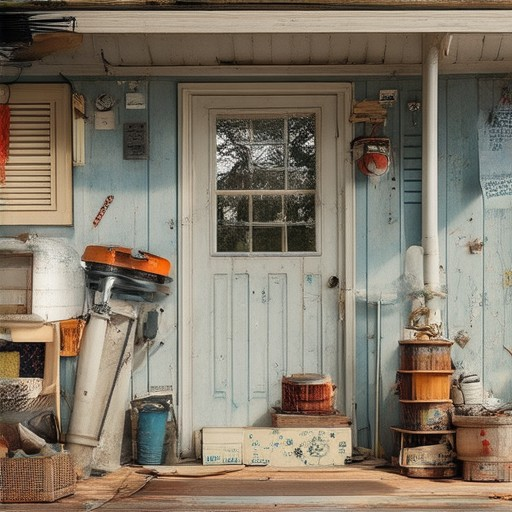
Most Expensive Home Repairs
The most expensive repairs on a house can vary significantly based on the property’s condition, location, and the nature of the damage. Here are some of the most costly repairs:
- Structural Damage:** Repairing foundational issues can be extremely expensive. Depending on the extent of the damage, costs can range from $10,000 to over $100,000.
- Roof Replacement:** Replacing an old or damaged roof, particularly with materials like tile or metal, can cost between $8,000 and $40,000+
- Plumbing System Overhaul:** Major plumbing repairs, such as replacing pipes or fixing leaks, can cost upwards of $12,000 to $25,000+
- Electrical System Rewiring:** Updating or repairing an older electrical system can range from $10,000 to $30,000+
- HVAC System Replacement:** Replacing an old furnace or air conditioning unit can cost between $8,000 to $20,000+
- Kitchen Renovation:** A complete kitchen overhaul can exceed $35,000, including cabinetry, appliances, and countertops.
- Bathroom Renovation:** Similar to kitchens, bathroom remodels typically cost between $20,000 to $50,000+
- Pool Installation:** Building a new pool can range from $30,000 to $70,000+, depending on size and features.
- Landscaping and Retaining Walls:** Installing a retaining wall can cost between $15,000 to $50,000+, while pool decks and outdoor lighting add further expenses.
- Appliance Replacement:** High-end appliances like smart ovens or energy-efficient refrigerators can cost upwards of $10,000 each.
Regular maintenance and early detection of potential issues can significantly reduce the likelihood and cost of expensive repairs. Always consult a professional for assessments and repairs to ensure safety and longevity of your home.
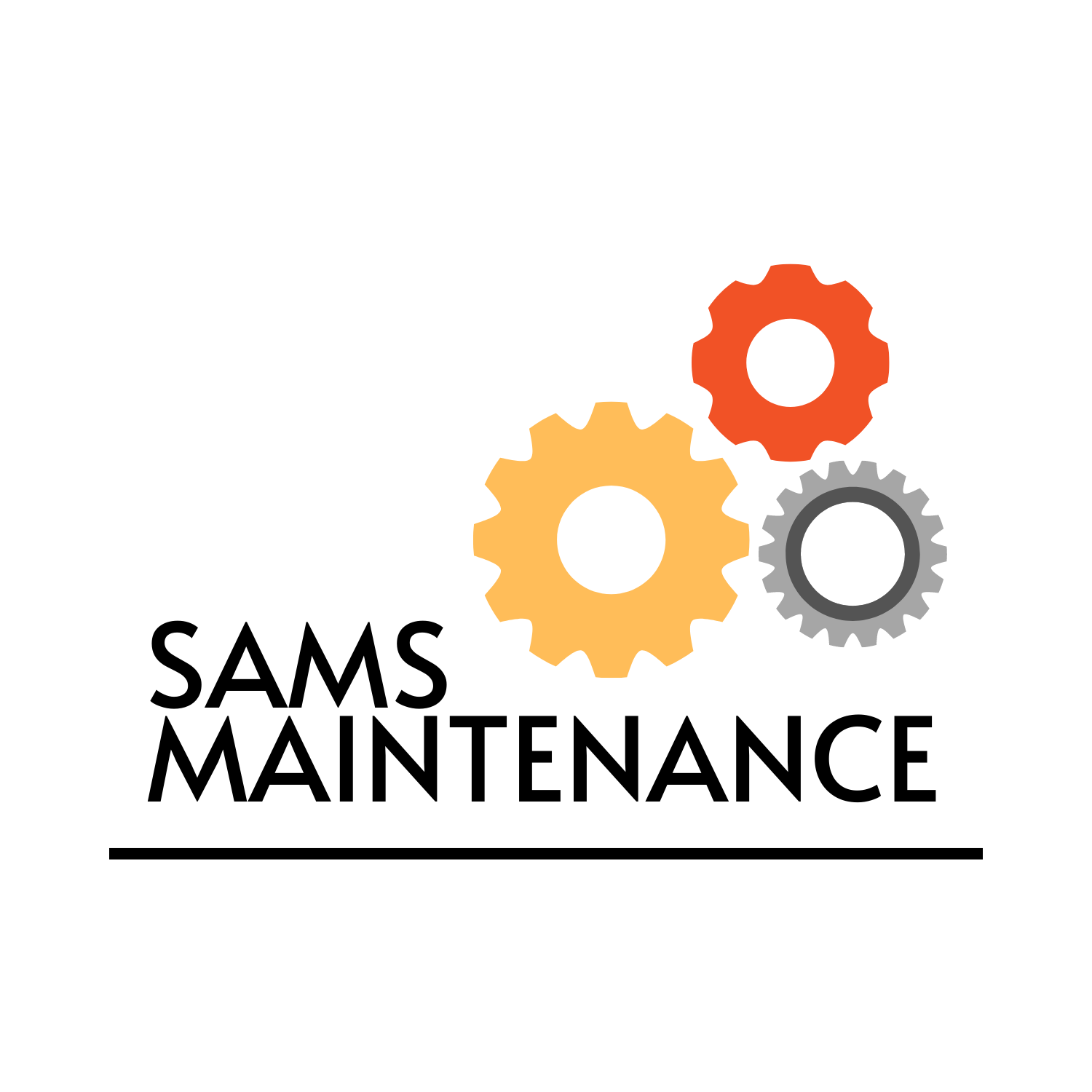
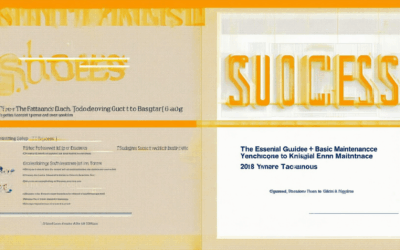
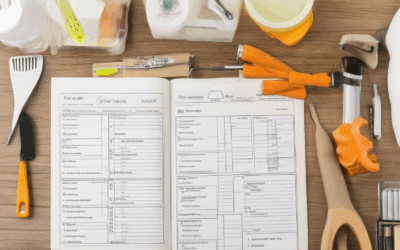

0 Comments